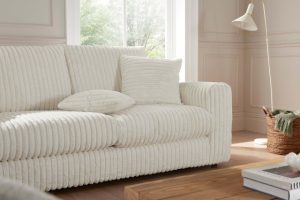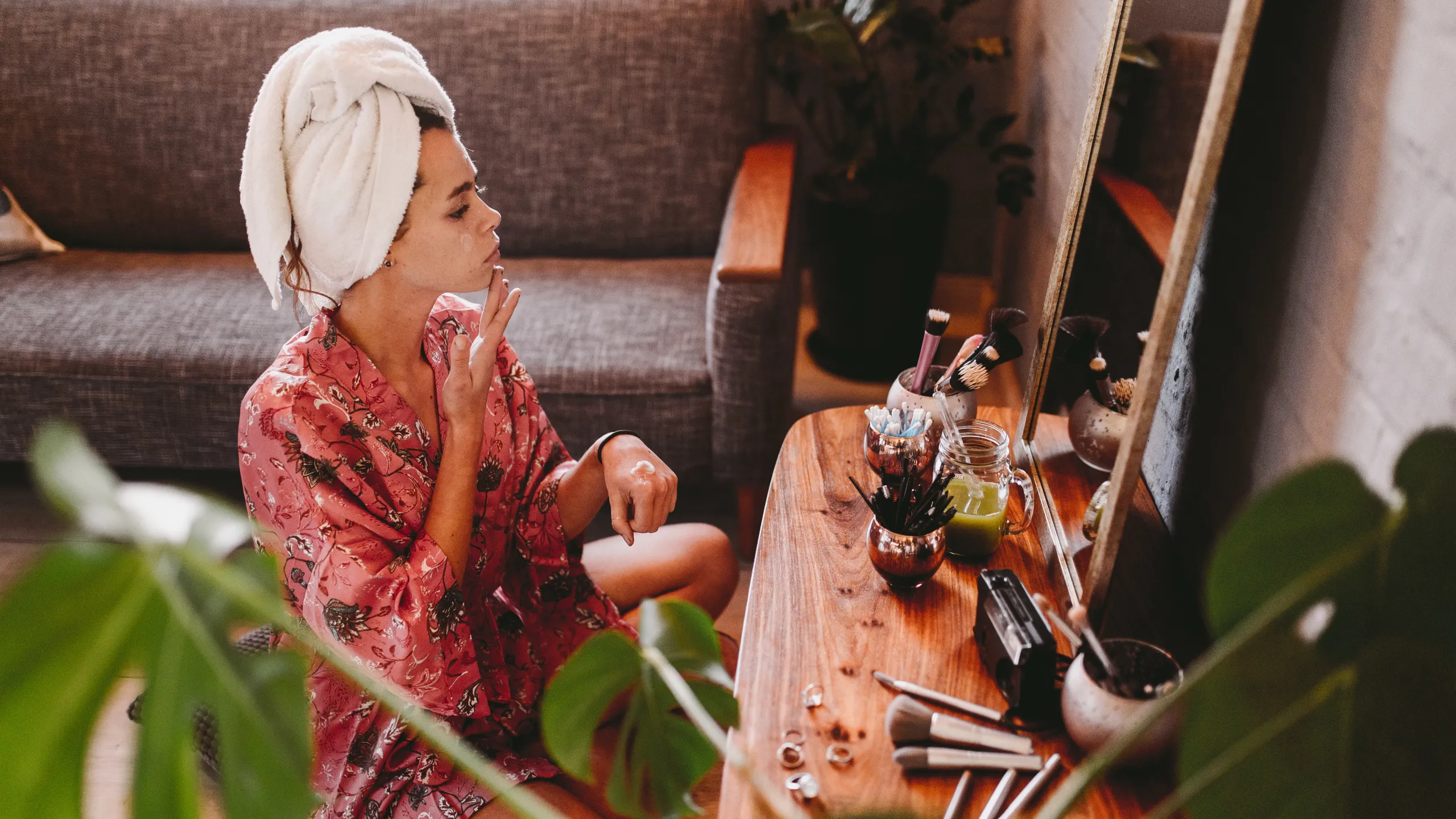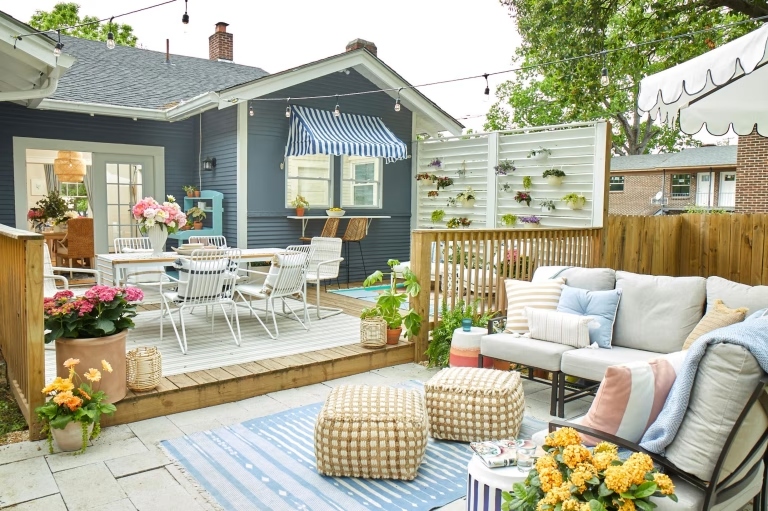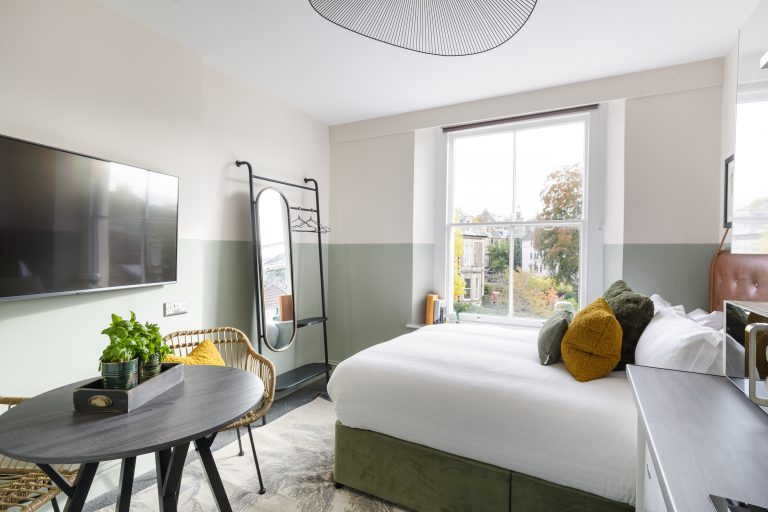When life blurs the line between “work” and “everything else,” tiny beauty rituals can anchor your day. Below, ten easy practices—from a 60-second face wash to a five-minute microcurrent massage—that calm your nervous system and support skin and hair health. I added why each one helps, quick how-tos, and trusted sources so this isn’t just vibes. (Also, honestlly, a shiny lip or fresh mani can lift a mood more than I’d like to admit.)

1) Rinse the Day Away (60-Second Calming Cleanse)
Why it helps: A brief, gentle cleanse removes irritants (sweat, pollution, sunscreen) and gives you a predictable “closing ritual” at night. Dermatology orgs recommend mild, non-stripping cleansers—especially if you’re dry or sensitive.
How to: Lukewarm water, pea-size cleanser, massage 30–60 sec, rinse; pat dry and moisturize.
Receipts: American Academy of Dermatology (AAD): cleansing basics • CDC/NIOSH on skin and irritants (pollution/occupational).
2) Adopt a Simple Curl Routine (Diffuser = Confidence Boost)
Why it helps: Ritualizing hair care gives structure and, for curls, reduces frizz via consistent technique. A little product knowledge (humectants + gels) = predictable results, which—no surprise—reduces stress.
How to: Detangle in shower → scrunch in a curl plumper/gel on soaking-wet hair → diffuse on low/medium with head flipped → finish with a few drops of lightweight oil on ends.
Receipts: AAD: textured hair care tips • Review of hair fiber damage & styling.
3) Draw a Hot Bath (Then Sleep Like a Baby)
Why it helps: A warm bath 1–2 hours before bed can hasten sleep onset by ~10 minutes by nudging your core temperature and aiding natural cooldown.

How to: 15–30 min soak, comfortably warm (not scalding). If you like bath salts (CBD or not), enjoy—but know human data for topical CBD remains limited.
Receipts: Systematic review on warm baths & sleep: Sleep Medicine Reviews • CBD overview: NIH review • Candle safety: NFPA.
4) Two-Minute Scalp Massage

Why it helps: Massage boosts local circulation and may improve hair thickness over months in small studies; FDA-approved minoxidil can help androgenetic alopecia in men and women. Post-partum shedding typically regrows within months.
How to: If using minoxidil, apply to scalp (not hair), wash hands, let dry; otherwise do a 120-second fingertip massage daily.
Receipts: FDA: hair-loss treatments • AAD: postpartum hair shedding • Scalp-massage pilot: ePlasty 2016.
5) DIY Mani = Built-In Mindfulness (No Multitasking Allowed)
Why it helps: Repetitive, absorbing tasks promote mindfulness and reduce rumination, which can lower perceived stress.
How to: Set a 20–30 min block; file, buff, paint; let dry fully (the “forced pause” is half the point).
Receipts: Mindfulness & stress: American Psychological Association • Cognitive absorption & well-being: PSPS 2012.
6) “Clean Slate” Mornings (Twice-Daily Gentle Wash)
Why it helps: A simple AM/PM cleanse lowers irritant load and gives you a defined start/stop to the day—tiny but real bookends.
How to: Choose a fragrance-free gel/cream if you’re sensitive. Rinse with lukewarm water; apply moisturizer + SPF 30+ in the morning.
Receipts: AAD: skin-care basics.
7) Weekly Mask Moment (Hydrate, Then Hibernate)

Why it helps: Hydrating masks with humectants (glycerin, hyaluronic acid) measurably increase stratum corneum water content, which can soften lines and stinging sensations short-term.
How to: 10–20 minutes on clean skin; rinse; seal with moisturizer. Patch test fragranced masks if you’re reactive.
Receipts: Humectants & barrier function • Cochrane: emollients/humectants.
8) Add a Shine Moment (Tinted Balm = Tiny Reward Loop)
Why it helps: Small “completion” actions can boost mood via immediate, low-effort reward—especially if you love makeup but don’t want a full face.
How to: Keep a non-sticky gloss or tinted balm at your desk; one swipe before Zoom. Done.
Receipts: Reward and habit loops in daily routines: Health Psych Rev.
9) Five-Minute Face Massage (Microcurrent or Manual)
Why it helps: The repetitive strokes are soothing, and early data plus clinician guidance suggest microcurrent can temporarily improve tone and contour appearance (evidence base is still modest, but user satisfaction is high).
How to: Apply conductive gel, glide along jawline/cheeks/forehead 3–5 minutes. Contraindicated with pregnancy, pacemakers, epilepsy—always check device warnings.
Receipts: Cleveland Clinic: microcurrent facials • General facial massage benefits: NIH review.
10) Seal with a Few Drops of Oil (Rosehip, Squalane, etc.)
Why it helps: Lightweight oils (e.g., rosehip, squalane) can reduce transepidermal water loss and soften texture; rosehip is rich in linoleic acid and naturally occurring tretinoin derivatives (trace), which may support tone-evening over time. Evidence for acne scars is mixed but promising anecdotally.
How to: Press 2–3 drops over moisturizer at night; skip if you’re very clog-prone. Patch test first.
Receipts: Lipid science & barrier: Skin barrier review • Rosehip composition: Phytochemistry review • Post-inflammatory hyperpigmentation basics: AAD.
Mini De-Stress Plan (Mix & Match)
- Weeknights: #1 cleanse → #7 mask (1x/week) → #10 oil press → #9 3-minute massage.
- Mornings: #6 quick wash → moisturizer + SPF → #8 gloss for a tiny win.
- Weekends: #3 hot bath → #5 mindful mani → air-dry or #2 curl routine.
Safety Notes (Worth the 30 Seconds)
- Patch test new products on the jawline 24–48 hours (AAD how-to).
- Minoxidil: follow label; avoid during pregnancy/breastfeeding unless cleared by your clinician (AAD).
- Microcurrent devices: check contraindications (pacemakers, seizure disorders, pregnancy). Use only with conductive gel per device manual (Cleveland Clinic).
- Hot baths: keep temperature comfortable; limit if you have cardiovascular or certain skin conditions; blow out candles (NFPA link above).










